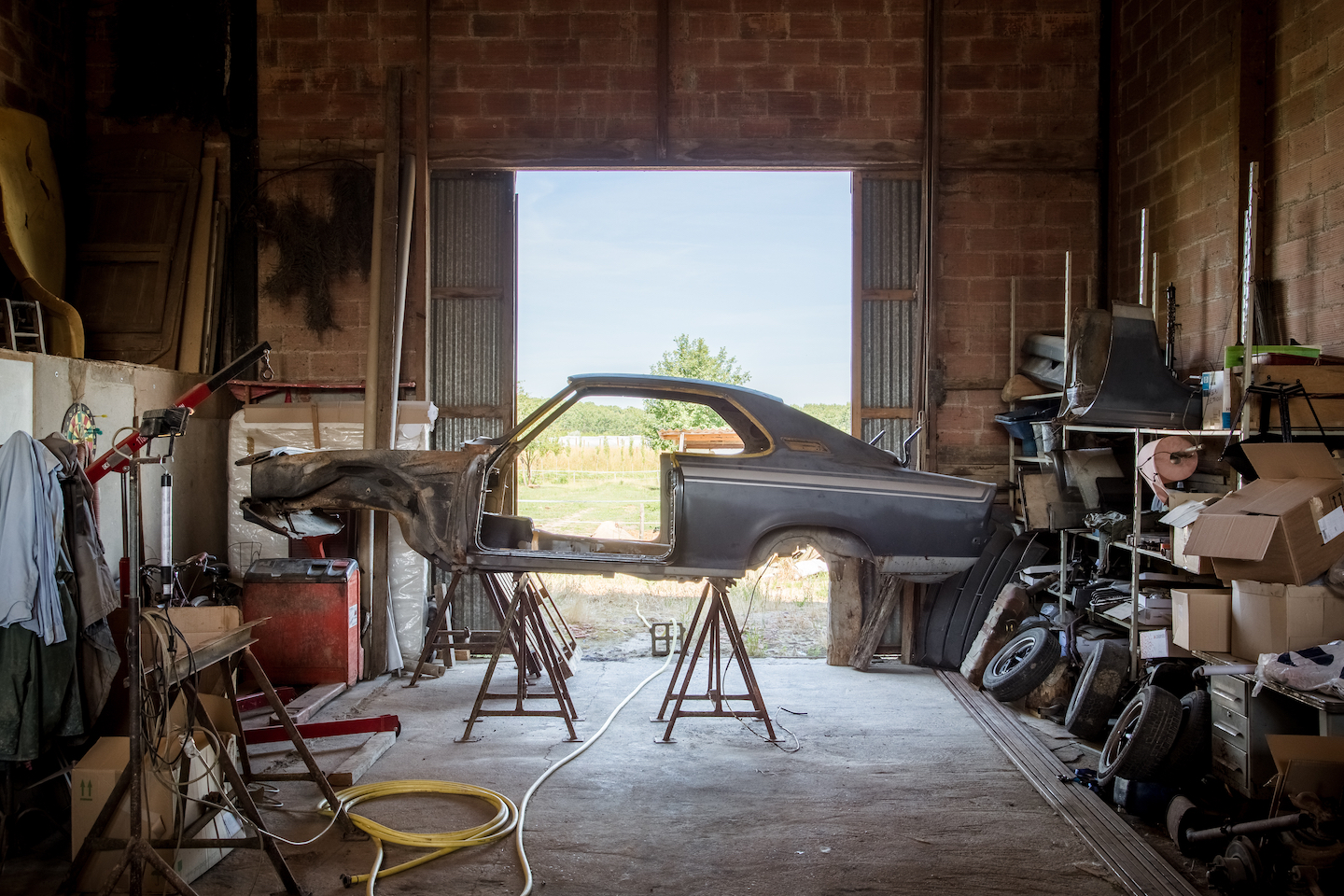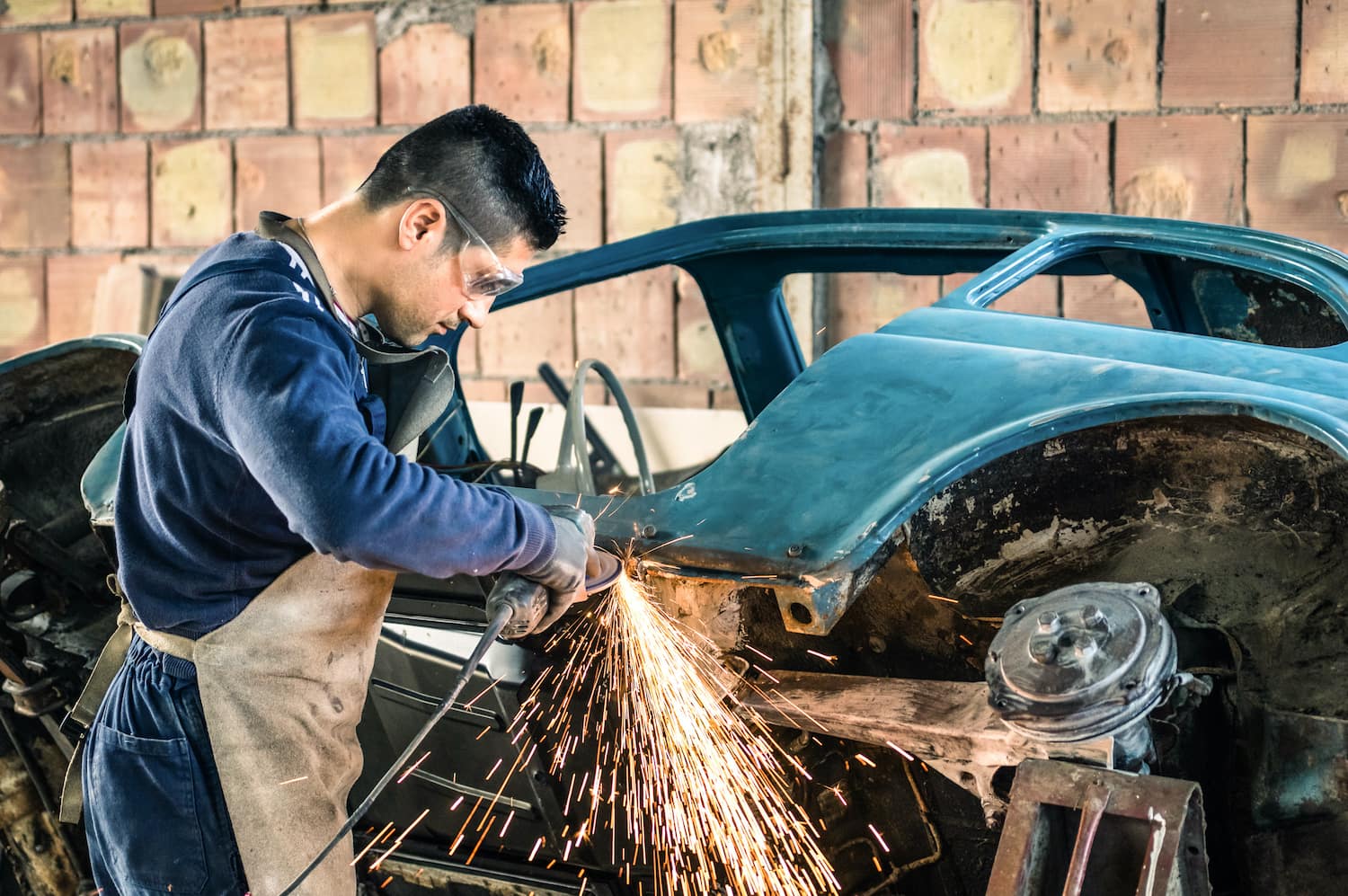Auto enthusiasts laboriously love to restore cars, reviving timeless classics and vintage gems.
When embarking on a restoration project, one of the fundamental decisions you'll face is choosing the right restoration method. In this article, we'll explore and compare two approaches: traditional car restoration methods and the innovative use of car rotisseries. We'll weigh the pros and cons of each to help you make an informed decision for your next restoration project.
Understanding Car Restoration
Car restoration is an art that combines craftsmanship and a passion for preserving automotive history. It involves the meticulous process of restoring vehicles to their original glory or even enhancing their performance and aesthetics. Restoration tools and techniques have evolved over the years, and one of the most significant advancements is the introduction of car rotisseries.
Traditional Car Restoration Methods

Traditional restoration methods encompass time-tested techniques such as frame-off restoration and partial restoration. These methods require a meticulous process of disassembling the vehicle, resolving various issues, conducting essential repairs, applying new coats of paint, and ultimately, reassembling the car. Traditional restoration often demands a high level of skill and expertise.
Car Rotisseries - A Game Changer
Car rotisseries are heavy-duty restoration tools that have transformed the restoration landscape. They are designed to lift and rotate the entire vehicle, offering unparalleled access to every nook and cranny while working on the vehicle. The convenience and versatility of car rotisseries have made them a game-changer in the world of car restoration.
Benefits of Car Rotisseries
Enhanced Access: Car rotisseries provide 360-degree access to the vehicle, making it easier to inspect, weld, and paint even the most hard-to-reach areas.
Time Efficiency: Rotating the car allows for efficient work on all sides simultaneously, reducing project time.
Precision and Consistency: Car rotisseries ensure a consistent working height and angle, leading to precise restoration work.
Cost-Effective: While car rotisseries are an investment, they can save money in the long run by streamlining the restoration process.
Comparing the Two Approaches
When choosing between traditional restoration methods and car rotisseries, it's essential to consider factors like project goals, budget, available space, and personal skill level. Traditional methods may be preferred for smaller projects or those with budget constraints, while car rotisseries shine in large-scale restorations where time and precision are paramount.
Case Studies and Success Stories
To illustrate the effectiveness of each approach, let's look at some case studies.
Traditional methods have successfully restored classic cars for decades, showcasing the artistry and dedication of craftsmen. On the other hand, car rotisseries have enabled efficient and precise restorations, resulting in stunning transformations.
Conclusion
In the world of car restoration, there's no one-size-fits-all solution. Both traditional methods and car rotisseries have their merits. The choice ultimately depends on your project's unique requirements and your preferences as a restorer. Whether you opt for time-honored techniques or embrace the innovation of car rotisseries, the goal remains the same: preserving the beauty and history of automobiles for generations to come.
If you're considering to purchase a car rotisserie for the beginning of your restoration adventure, take a look at our Auto Rotisserie. This unit is perfect for anyone who wants to restore a car. It has a weight capacity of 2,000 pounds and is cost-effective and durable.
Your dream car restoration is just a click away. Make it a reality with the right tools and techniques.

